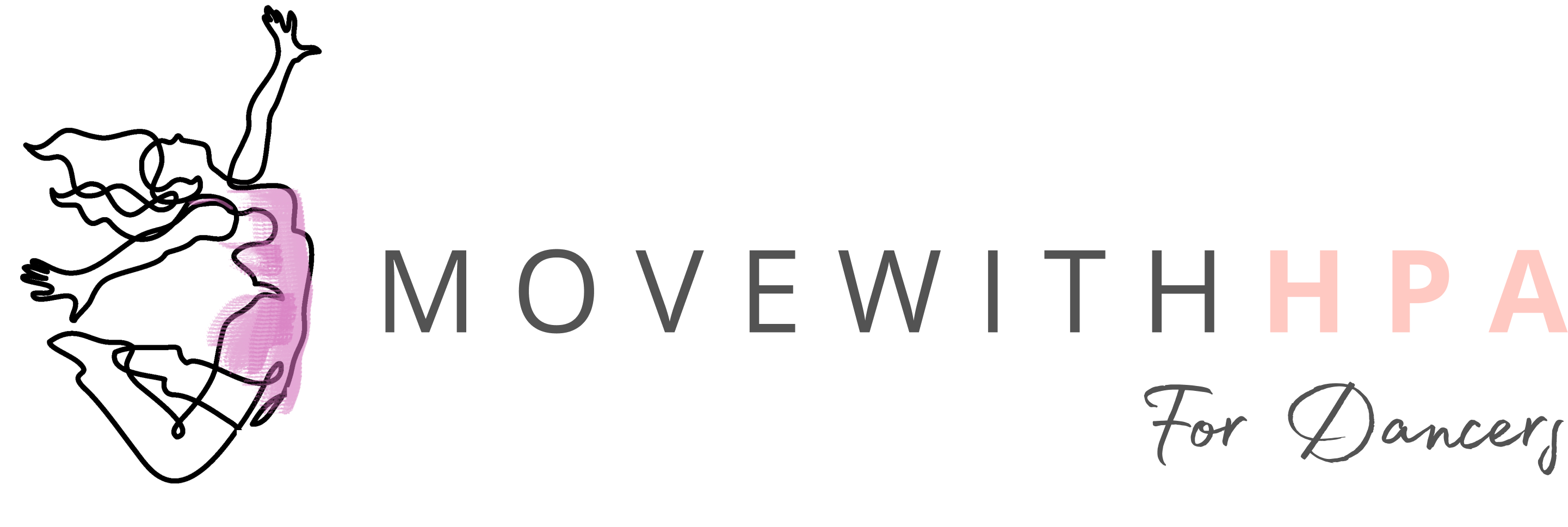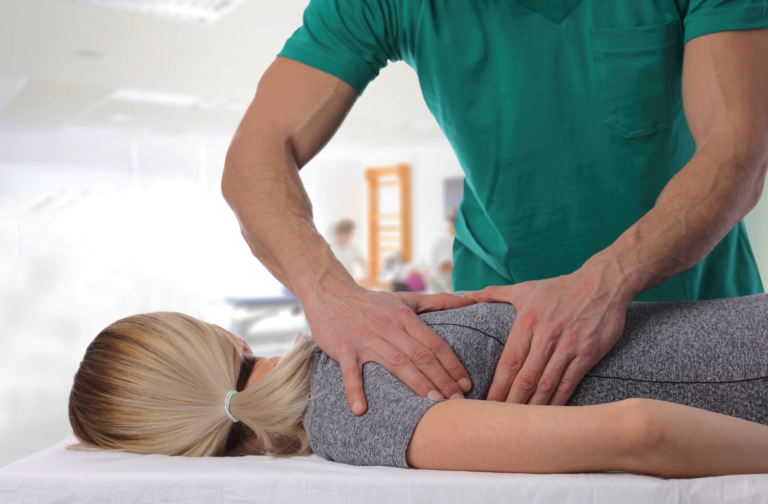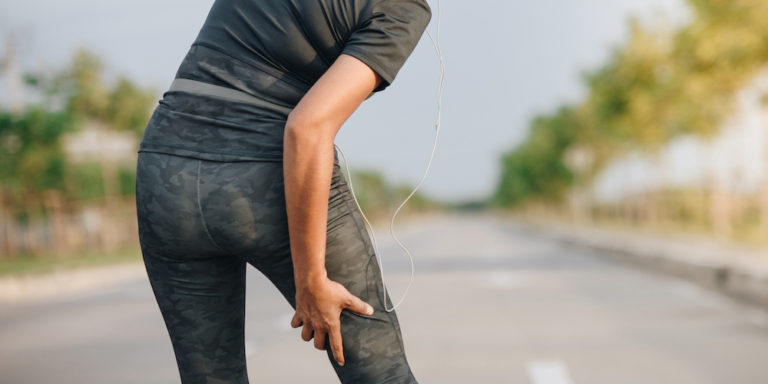How to Prevent Dance-Related Injuries
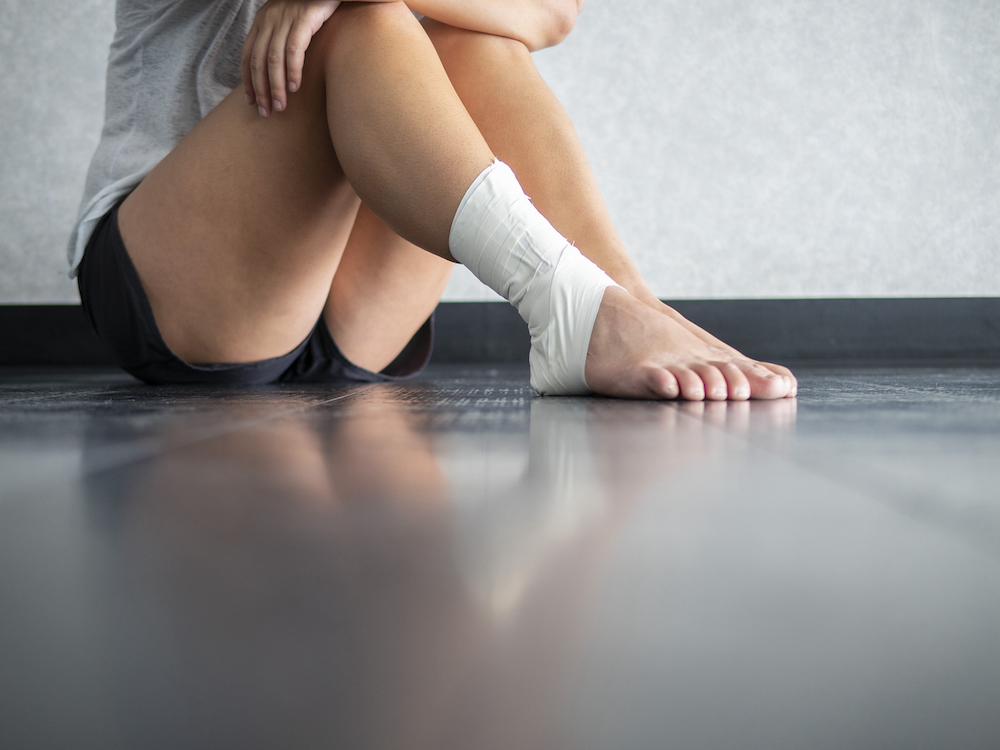
Do you want to know how to prevent dance-related injuries? Injury prevention is vital to the success and longevity of every dancer. And, contrary to popular advice, the way to injury prevention isn’t simply to rest more, train less, or warm up better!
Dance-Related Injuries Can Be Prevented
Imagine a (dance) world without injuries! Wouldn’t that be dreamy?! Well, while we may not be able to eliminate them completely, there are practical and applicable ways to guarantee that you are as protected from injury as possible.
Why Do Dance-Related Injuries Happen?
This may seem like a silly question. But, the way most people respond to this question is very telling. Most physical therapists and experts simply state the obvious; Dance is a demanding sport where there are a lot of repetitive movements, and little time for rest.
That’s true. But, that doesn’t really tell you how to prevent dance-related injuries because it doesn’t answer what causes injuries to happen. Dance injuries (and any injuries for that matter) happen when your body is moving, functioning, and dancing in ways outside of how it was designed.
Each muscle in your body has a way it was created to work. If any of those muscles aren’t able to do their jobs correctly, other muscles have to help out, or worse, take over. When other muscles begin to compensate, the body is forced to create new patterns of movement. These new patterns of movement (that are incongruent with how the body should be moving) lead to pain, swelling, weakness, pulls, tears, and damage).
Injury Prevention Hierarchy
The body has a hierarchy of importance in what it protects. For example, think of when you trip and fall. Your body will react by putting your hands on the ground to help break the fall and keep your head from hitting the ground. While you may sustain a broken wrist, your body knows your brain is more important.
Likewise, within the musculoskeletal system (muscles, bones, and nerves) your joints are the most valuable part. That means, if your body senses incoming danger and possible damage to a joint, it will allow a pull or tear to happen first in order to stop further damage to the joint.
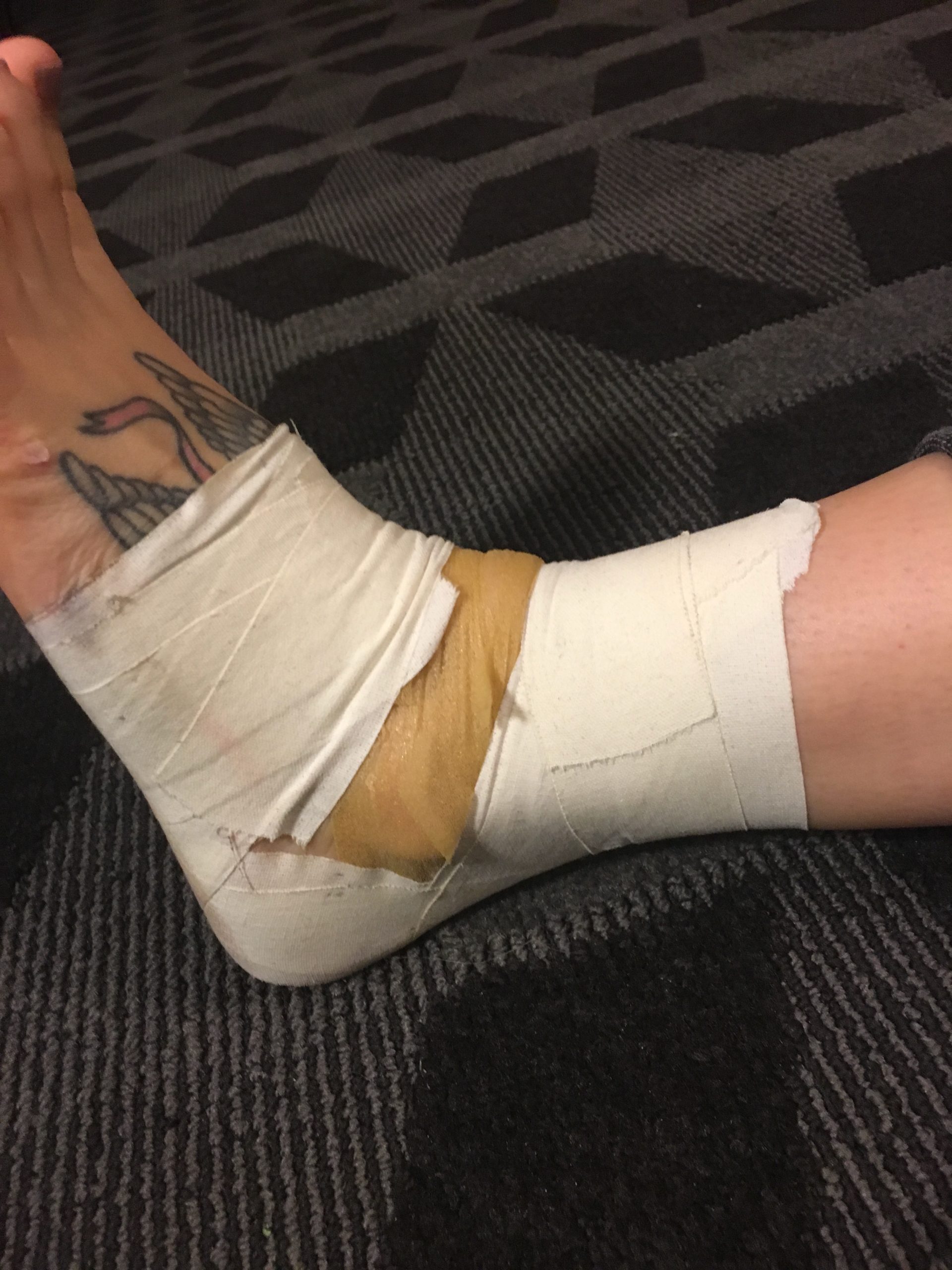
For instance, if your ankle starts to roll in your La Ducas (like mine did above), you will likely tear a ligament or sprain your ankle. While an ankle sprain is awful, it is not nearly as bad as severe damage to the actual ankle joint itself.
Undoubtedly, your body will always do whatever it can to protect its most important parts—the joints!
3 Ways To Prevent Dance-Related Injuries
There are 3 components to an injury-free dancer:
- A body that is anatomically symmetrical
- A body where the shoulders, hips, knees, and ankle joints are in right-angle alignment
- A body that is able to return to neutral before and after dance
1. Prevent Injury With Anatomical Symmetry
What Is Anatomical Symmetry?
Anatomical symmetry is when the right and left sides of the body are working the same way. Likewise, the front and back sides of the body should also be working in harmony.
Your body has the EXACT same muscles, bones, and nerves on the right side of your body as it does the left. In other words, if you cut your body down the center, both sides would be identical!
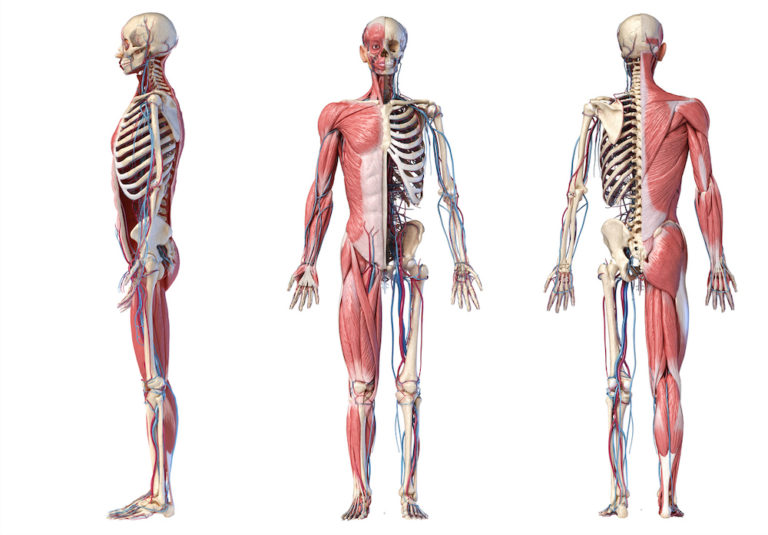
Right-To-Left-Symmetry
That being said, since you have the same bones, muscles, and nerves on both sides, shouldn’t both sides have the same strength, mobility, and flexibility?
The answer is yes!
how to tell if your body is symmetrical from right to left
Head in front of a mirror and take a quick peek. Take a deep breath, let go of all muscles (yes including your abs!), and don’t adjust how you’re standing. Here are a few ways to see if your body is symmetrical left to right:
- Is one shoulder higher than the other?
- Is one hip higher than the other? (Look at the band of your shorts/pants)
- Is one or both feet turned out?
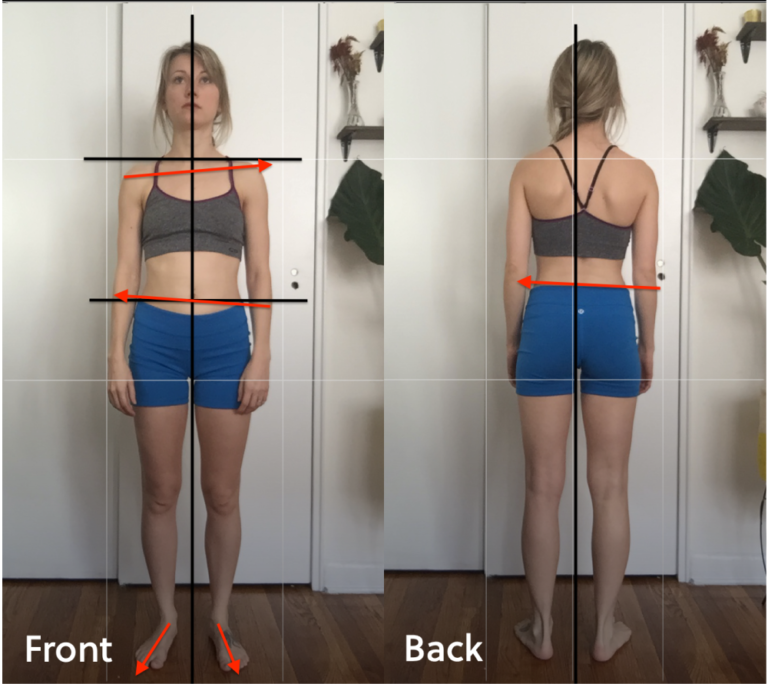
If you answered “yes” to any of these questions, your body is not anatomically symmetrical. That being said, without symmetry, you are at a higher risk for injury.
Altogether, if your body cannot perform equally on the right as it can the left, then there is dysfunction somewhere in your body putting you at risk.
But, fear not! Symmetry can be returned!
Front-To-Back-Symmetry
To prevent dance-related injuries, we also have to make sure your front-side muscles are working properly with their back-side counterparts. This demonstrates front-to-back symmetry.
The front side of the body is responsible for all movements that involve bending (or flexing). Alternatively, the back side of the body is responsible for extending backwards (or extension).
how to tell if your body is symmetrical from front to back
Head back over to your mirror, but this time, turn to the side.
- Is your head and neck jutting forward in front of your shoulders?
- Are your shoulders rounded forward in a slouched position?
- Do you see a large arch in your lower back? (Look at the slant on your waistband!)
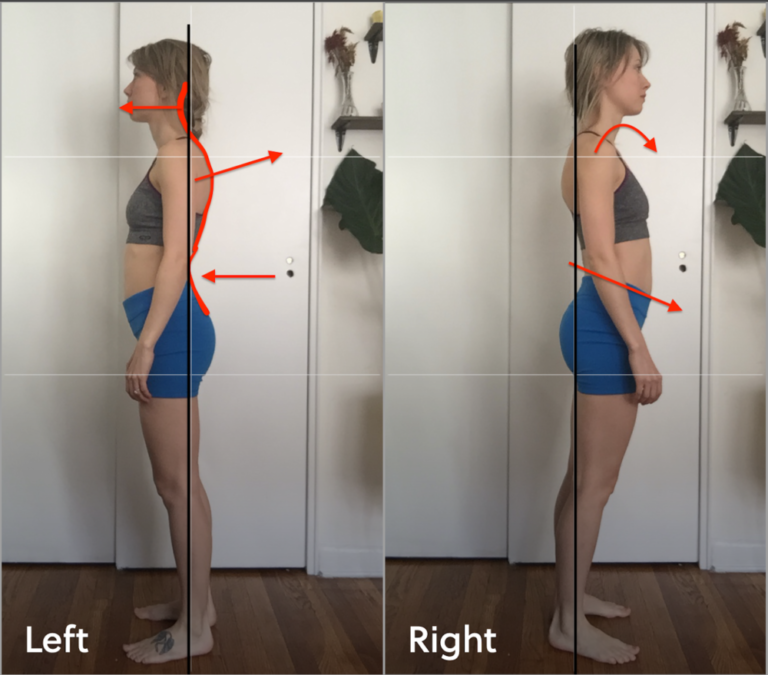
Again, if you answered “yes” to any of these questions, you do not have anatomical symmetry.
Because muscles work in pairs, it is imperative that the muscles in both the front and the back are working together properly in order to avoid injury.
TAKE BACK CONTROL OF YOUR RECOVERY
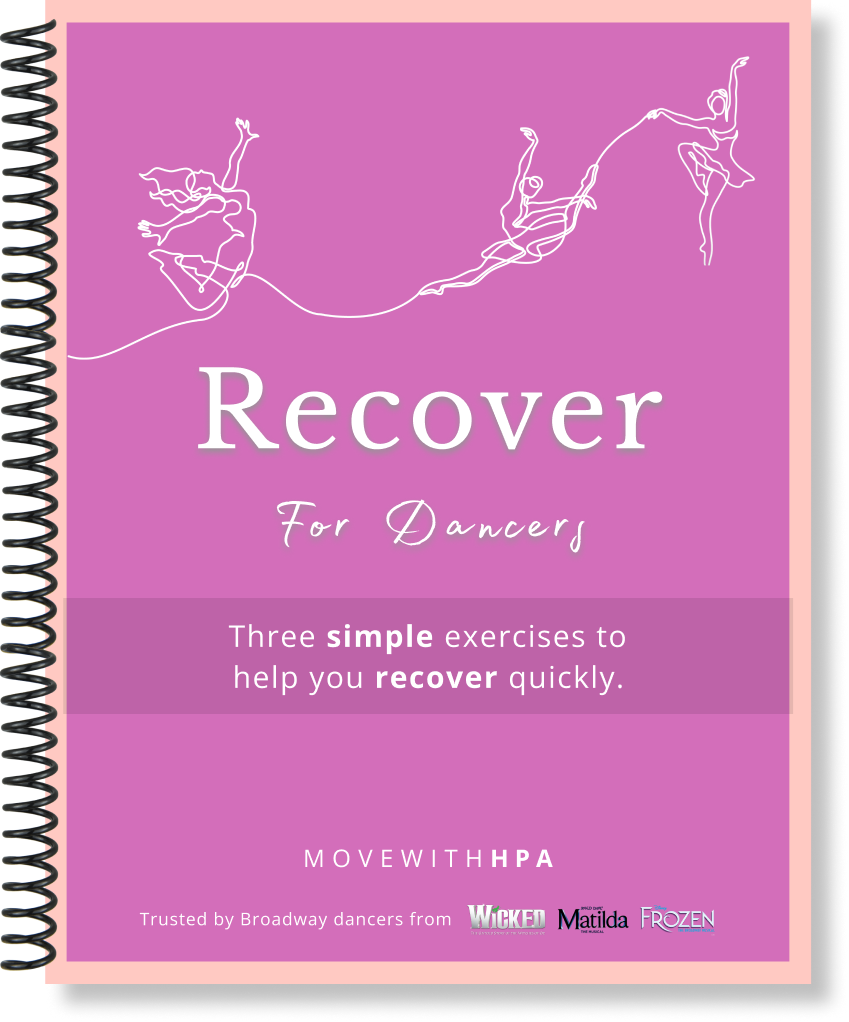
Ever feel like you your body is breaking down and you can't keep up?
Our Recover For Dancers resource gives you 3 fast and effective exercises to help you recovery quickly. Less time recovering means more time dancing!
2. Prevent Injury With Right-Angle Joint Alignment
What Is Right-Angle Joint Alignment?
The best way to explain right-angle joint alignment is with the photo below. The blue dots represent joints. Each purple line intersects a joint, making a 90˚ right angle.
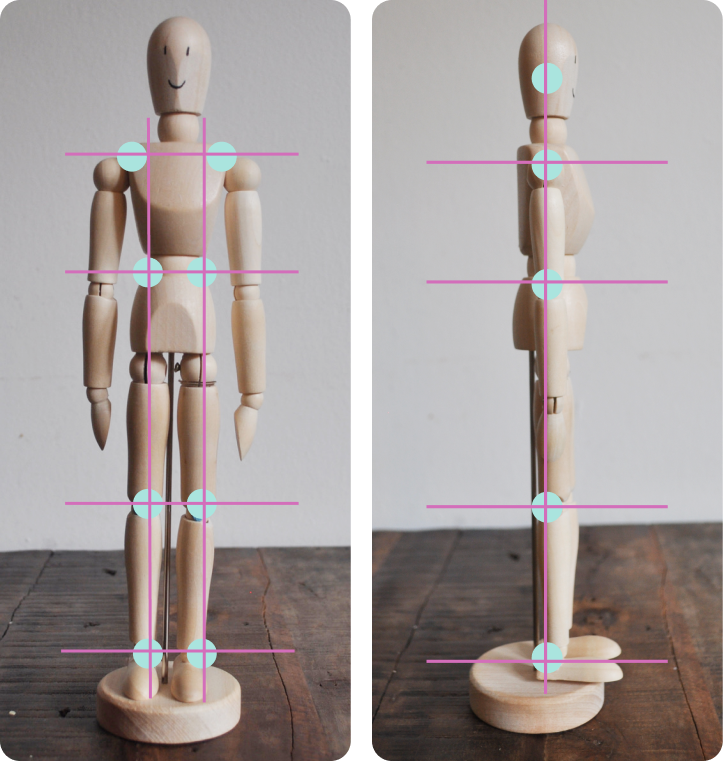
How Can I Tell If My Joints Are Aligned?
When the body is properly aligned, all of the main joints (shoulders, hips, knees, and ankles) form these right angles.
For example, If you look in the mirror and you have one shoulder that is higher, let’s say, then your shoulders would not be making right angles.
What Happens If My Joints Are Not Aligned?
If your joints are misaligned (not in 90˚ right angles) you will be more susceptible to a dance-related injury. Joints that are out of alignment indicate that the body is not able to function properly. If your body cannot move correctly, the consequences are pain and injury.
common symptoms of joint misalignments
Swelling
Pain
Muscle tears
Ligament tears
Tendon tears
Cartilage wear
Cartilage damage
Herniated disks
Limited mobility
Tightness
Inhibited flexibility
Weakness
Bursitis
Arthritis
Joint fluid
3. Return Your Body To Neutral Before And After Dance
As my own postural alignment therapist, Jon, once said, “it’s not the positions you’re putting yourself into that’s the problem…it’s the ones you can’t get yourself out of.”
I couldn’t have said it better myself, so I won’t even try!
What Is Considered Anatomically Neutral?
Anatomically neutral is when your body is symmetrical with aligned joints, at rest. Because dancers are so strong and have such control over their bodies, it’s really easy to fool yourself (and others) that your body is neutral.
the "at rest" test
Trust me, I know it’s not easy to look at ourselves in a mirror without altering our appearance. The first thing most of us do is hold in our abdominals. This, however, gives you a false impression of your true postural state.
With as much humility as you can muster, try this:
- Take a huge breath and let it all out.
Release any muscles you are holding (abdominals, glutes, shoulders, quads etc).
Walk around as if you were sleepwalking—totally relaxed.
Walk up to your mirror and stop.
Don’t move or adjust. Just observe.
If your body doesn’t settle naturally with your joints in it’s proper 90˚ right angle alignment, you aren’t neutral. And as we know, this means you less able to prevent dance-related injuries.
Overuse Injuries From The Inability To Return To Neutral
Everything we have talked about thus far can be forced. You can muscle your way into positions that “look” neutral. But, true neutral is where your body settles on its own when you’re not telling it what to do.
A good example of neutral feet is parallel feet. An anatomically correct body will walk heel to toe with totally parallel feet—all the time, not just in jazz class.
Stand up and take a quick peek down at your feet. Do they settle in parallel? Or, does one or both feet turn out or in?
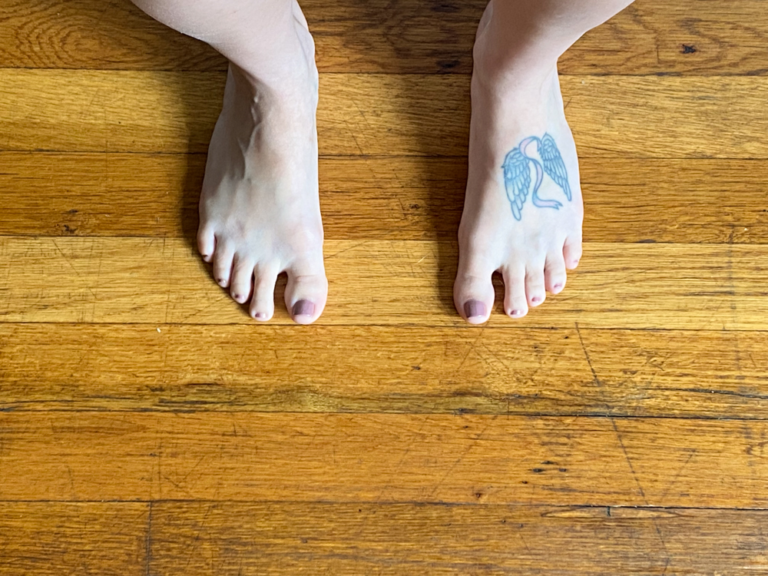
Repetitive injuries
The overuse injuries you have either experienced or heard of isn’t from the time you spend in certain positions during class. The “overuse” is happening before and after class.
If your body continues to stay turned out all day everyday, for example, those muscles and patterns never get a break.
Many of us blame what we do in class and in performances as the culprit for our injuries. The reality is, our bodies get stuck in those patterns and can’t get out of them. That’s why we aren’t preventing dance-related injuries.
Our injuries are a result of our body’s inability to return to neutral.
How To Return Your Body To Neutral
In order to give your body the ability to return back to neutral, you must retrain the muscles and nerves responsible for aligning your joints.
Postural alignment therapy is designed to use targeted exercises and stretches that are able to realign your joints, thus allowing your body to return to neutral before and after dancing.
The more time your body spends in neutral, the more resilient it becomes to anything you throw at it—falls and all!
You Can Prevent Dance-Related Injuries With A Symmetrical, Aligned, And Neutral Body
To sum it all up, you need to be dancing with a body that is anatomically symmetrical, aligned, and neutral. These are the requirements needed to prevent dance-related injuries.
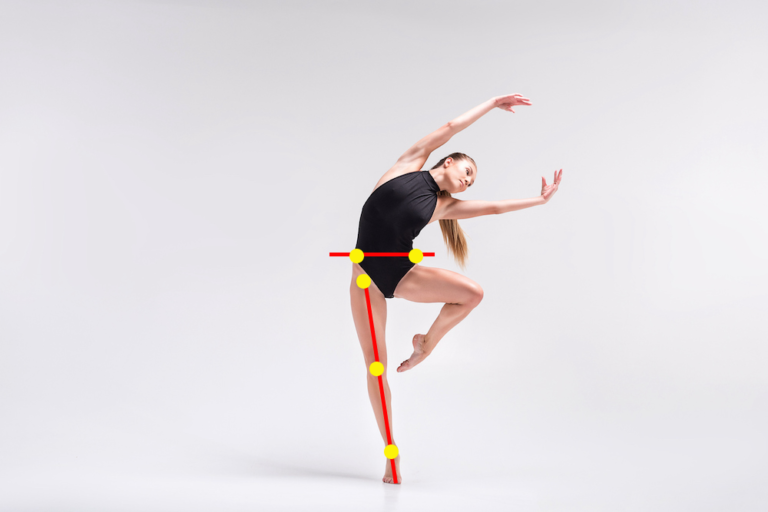
Anatomical symmetry is when the left and right sides of the body are identical and working the same. Likewise, the front and backside Likewise, the front and backside of the body are counterbalancing each other as designed.
Right angle joint alignment is when your shoulders , hips, knees, and ankles are stacked on top of one another and form 90˚ right angles with each other.
Returning the body to neutral before and after dancing is demonstrated by one’s ability to stand in proper alignment without engaging muscles or manipulating one’s posture.
If you enter or exit a dance class, audition, or performance without proper alignment you will be at a higher risk for injury. However, if your body has moved into a misalignment, it can move back! In other words, nothing is permanent!
Try Postural Alignment Therapy
Here is a practical example of postural alignment therapy. This simple HPA exercise will help you understand and begin to experience anatomical symmetry, alignment, and neutrality.
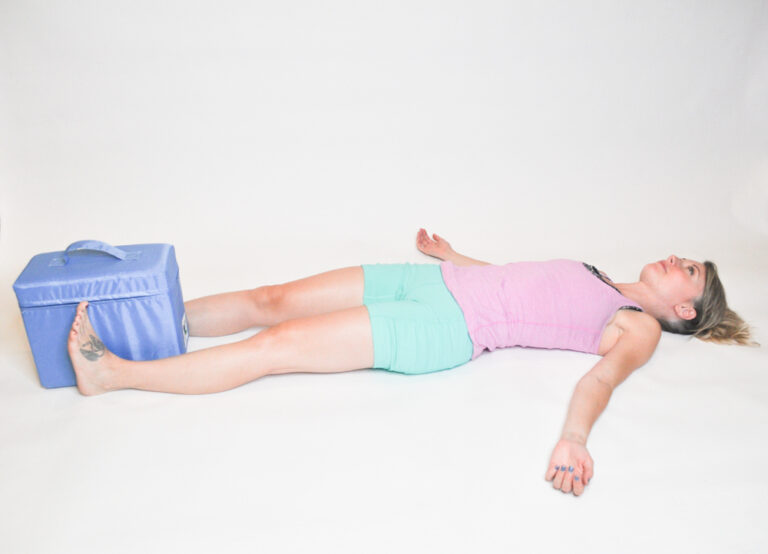
Hold this position for at least 5 minutes to feel your body begin to realign and neutralize.
Gently flex back your feet and keep just a light enough pressure on the pillow to keep your toes facing the ceiling.
Relax your quads, hips, shoulders, and neck into the ground.
Breath deeply from your diaphragm and allow this position to realign your body.
If you would like a professional to guide you into realignment, you can find help at MOVEWITHHPA’S HPA Program today!
Your body is tough and resilient. You were born to move and designed to dance!
5, 6, 7, 8!
Heidi
